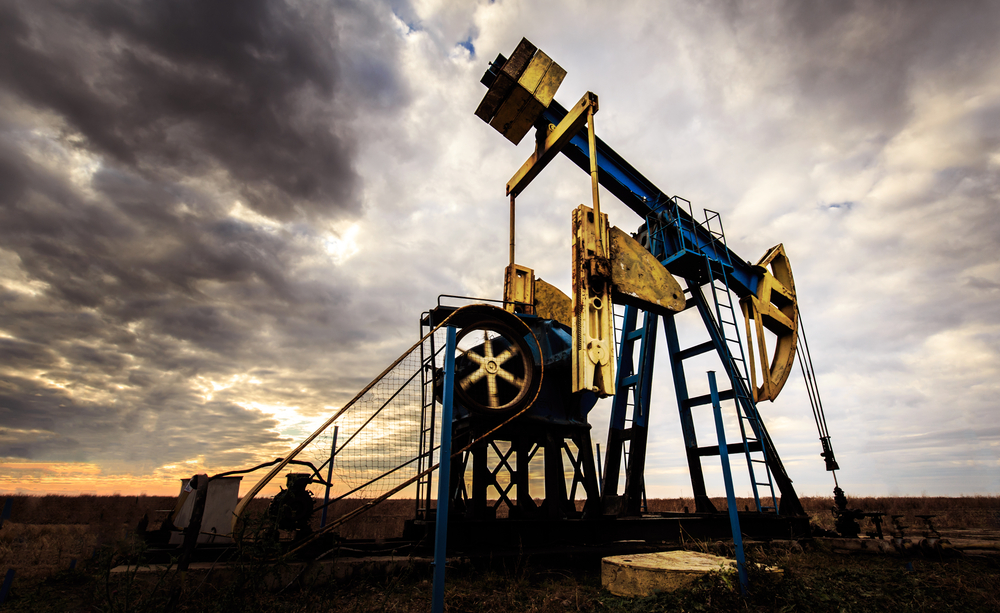Fracking, or hydraulic fracturing, is a way of releasing natural gas so that it can be used to produce energy. In recent years it has become more popular as a way to harvest natural gas. The process creates two byproducts, natural gas and wastewater. While it seems straightforward enough, there are countless considerations and concerns, many of which affect homeowners and possible damage to their property.
Fracking is conducted by drilling down into a rock formation several thousand feet and injecting water and chemicals into the rocks; this splits the rocks apart, releasing the natural gas which is then captured and used for energy production. One of the main concerns is the waste water and its disposal. It can be injected into the ground or put into a lined pond and allowed to evaporate; there is generally too much water for treatment to remove the chemicals to be a viable option.
Injecting water into the ground has caused controversy as some people claim it contaminates the groundwater from which they drink, although the water is injected far below groundwater levels. Studies have shown that if the casings used to protect groundwater from contamination aren't inserted or cemented correctly, contamination can occur. Contaminated drinking water has been found near fracking sites in Pennsylvania and Texas.
A report showed that in New Mexico, chemicals from waste pits containing wastewater from fracking contaminated water sources 421 times. This could lead to residents discovering contaminated water in their wells or groundwater, and then having to deal with cleanup, something not covered under the homeowners policy. Other concerns are that the chemicals used are carcinogenic. Testing, monitoring, and cleanup of pollutants in the ground or water are not covered under the homeowners form. Methane buildup, which could cause an explosion, is another concern. Any pollution found on a homeowner's property is not covered for cleanup under the homeowners policy form. However, an explosion from a methane buildup would be covered.
Twenty states have enacted legislation concerning fracking and its byproducts. Some states have gone so far as to prohibit or ban fracking altogether. The Environmental Protection Agency (EPA) is conducting a study and hopes to have a draft assessment report for peer review and comment early this year. A progress report was released in 2012 that highlighted the studies under way, the primary research questions involved, and where the studies were in progress. The projects were focused on five different types of research activities: analysis of existing data, scenario evaluations, laboratory studies, toxicity assessments, and case studies. Results are pending. Data from 20 states is being reviewed for the contents of the water and chemicals used in fracking.

Photo: Calin Tatu/Shutterstock
Creating shaky ground
Earthquakes are another issue. Injecting water into the ground can lubricate faults and cause earthquakes. For a while this was disputed, however the United States Geological Service (USGS) has stated that the injection of wastewater from fracking can cause small quakes. Between 1975 and 2008, one to three magnitude 3.0 earthquakes or larger occurred in Oklahoma annually; from 2009 to mid-2013 that number rose to 40 earthquakes per year and the cause was attributed to fracking. Oklahoma is hundreds of times more likely to sustain earthquakes than it was a few years ago because of increased fracking and wastewater disposal. Oklahoma now has more earthquakes of magnitude 3.0 or greater than California. In places where the injection of fracking wastewater has stopped, earthquakes have dropped down to near zero. Also of concern is a lack of earthquake construction standards in the Midwest where fracking has been occurring; homes are quite vulnerable to being damaged due to quakes.
Most homeowners policies do not provide coverage for earthquakes, including earth sinking, shifting, rising or other movement, regardless of how the movement was caused. So an earthquake doesn't necessarily have to be caused by the shifting of tectonic plates; shifting of ground due to manmade endeavors is also excluded. However if the earthquake causes a fire, say by rupturing a gas line, then there is coverage for damage caused by that fire.
Coverage can be purchased by the use of an endorsement, HO 05 54, Earthquake. Included in this form is coverage for land shock waves before, during or after a volcanic eruption, and one or more shocks occurring within a 72-hour period is considered one earthquake event. Exclusions are for damage to masonry veneer, damage caused by flood, tidal waves or tsunami caused by, resulting from, contributed to or aggravated by an earthquake. Filling land is also not covered. If the earthquake leaves a crack or hole in the ground, fill dirt is not covered. The earth movement exclusion naturally does not apply when the endorsement is added to the policy. However, most homeowners are not aware of this, and may not purchase the coverage thinking that they are not in a seismically active area.
An insured can always file a claim with the oil or gas company for damage to their residence. The commercial general liability policy does provide coverage arising from bodily damage or injury arising from the exposure to the same generally harmful conditions; fracking could be one of those conditions. An issue that might arise centers on whether the damage was expected or intended? Intended certainly not, but a carrier might try to say the damage to a dwelling could be expected, especially in light of the recent studies showing that fracking is causing minor quakes. This would lead to a denial of coverage for a homeowner for damages to his home or water quality.
While fracking is a good way to obtain natural gas from the ground, it also has its risks to people and property. Since many expect their insurance policies to protect them from some of these hazards, many are not covered depending on the nature of the loss. Some states are requiring seismic monitors around fracking sites to monitor seismic activity. Ohio is one state that has done so and if the monitors show a quake over magnitude 1.0, it leads to a well shutdown and inspection. It will be interesting to see how this progresses, and what states and oil companies do from here; the final results from the EPA study are due this year.
Christine G. Barlow, CPCU is an associate editor with FC&S, the premier resource for insurance coverage analysis. She has an extensive background in insurance underwriting. She may be reached at [email protected]. Additional information about FC&S Online is available at www.NationalUnderwriter.com.
Learn more about the possible coverage issues associated with fracking at the Annual America's Claims Event (ACE), where you'll hear about the data, analysis, and solutions to the challenges your team faces daily, and everything from technology to customer service to fraud and litigation. This two-day networking and educational conference is geared specifically for insurance professionals. Register to attend and save $350.
Want to continue reading?
Become a Free PropertyCasualty360 Digital Reader
Your access to unlimited PropertyCasualty360 content isn’t changing.
Once you are an ALM digital member, you’ll receive:
- Breaking insurance news and analysis, on-site and via our newsletters and custom alerts
- Weekly Insurance Speak podcast featuring exclusive interviews with industry leaders
- Educational webcasts, white papers, and ebooks from industry thought leaders
- Critical converage of the employee benefits and financial advisory markets on our other ALM sites, BenefitsPRO and ThinkAdvisor
Already have an account? Sign In Now
© 2024 ALM Global, LLC, All Rights Reserved. Request academic re-use from www.copyright.com. All other uses, submit a request to [email protected]. For more information visit Asset & Logo Licensing.








